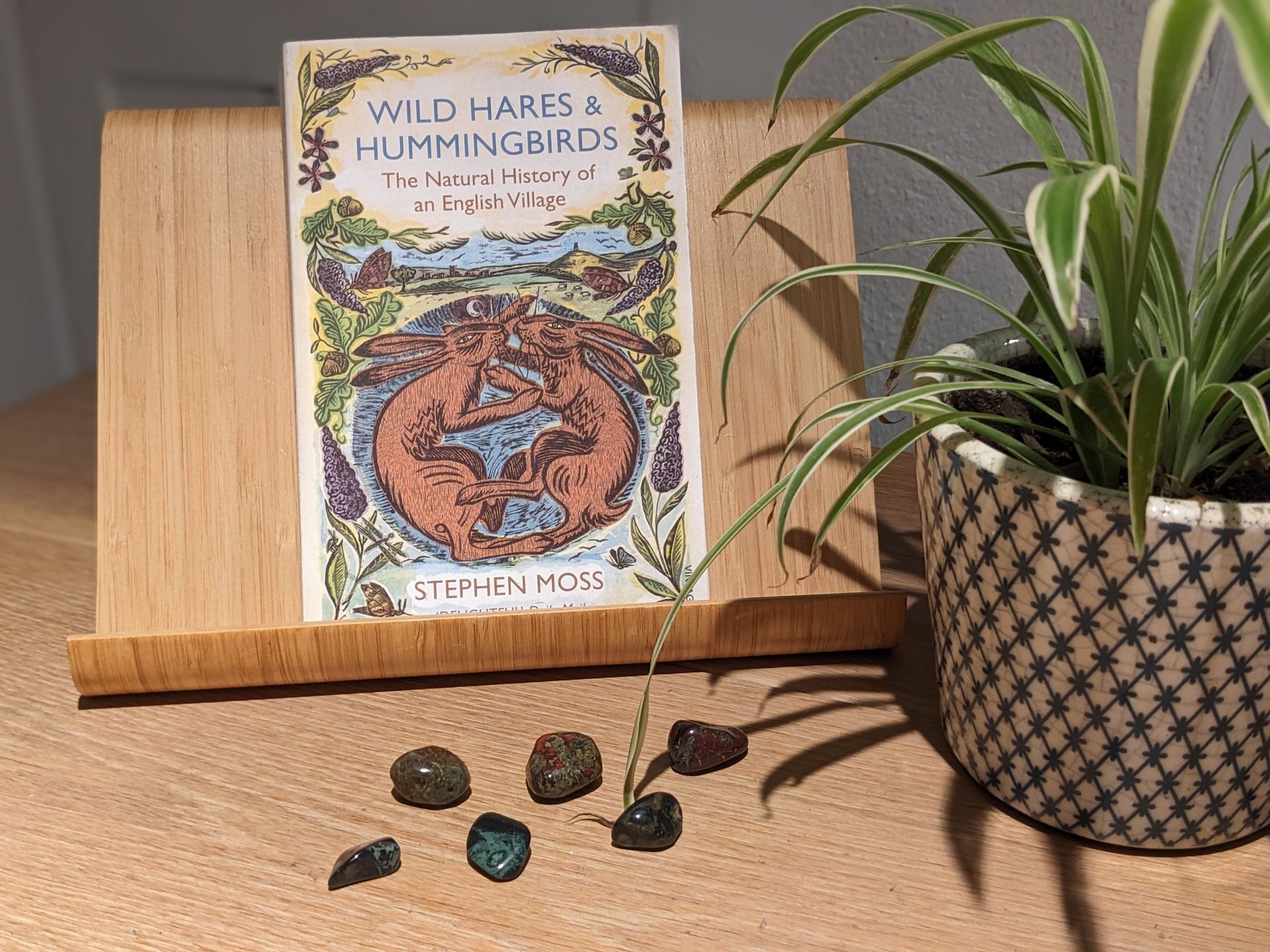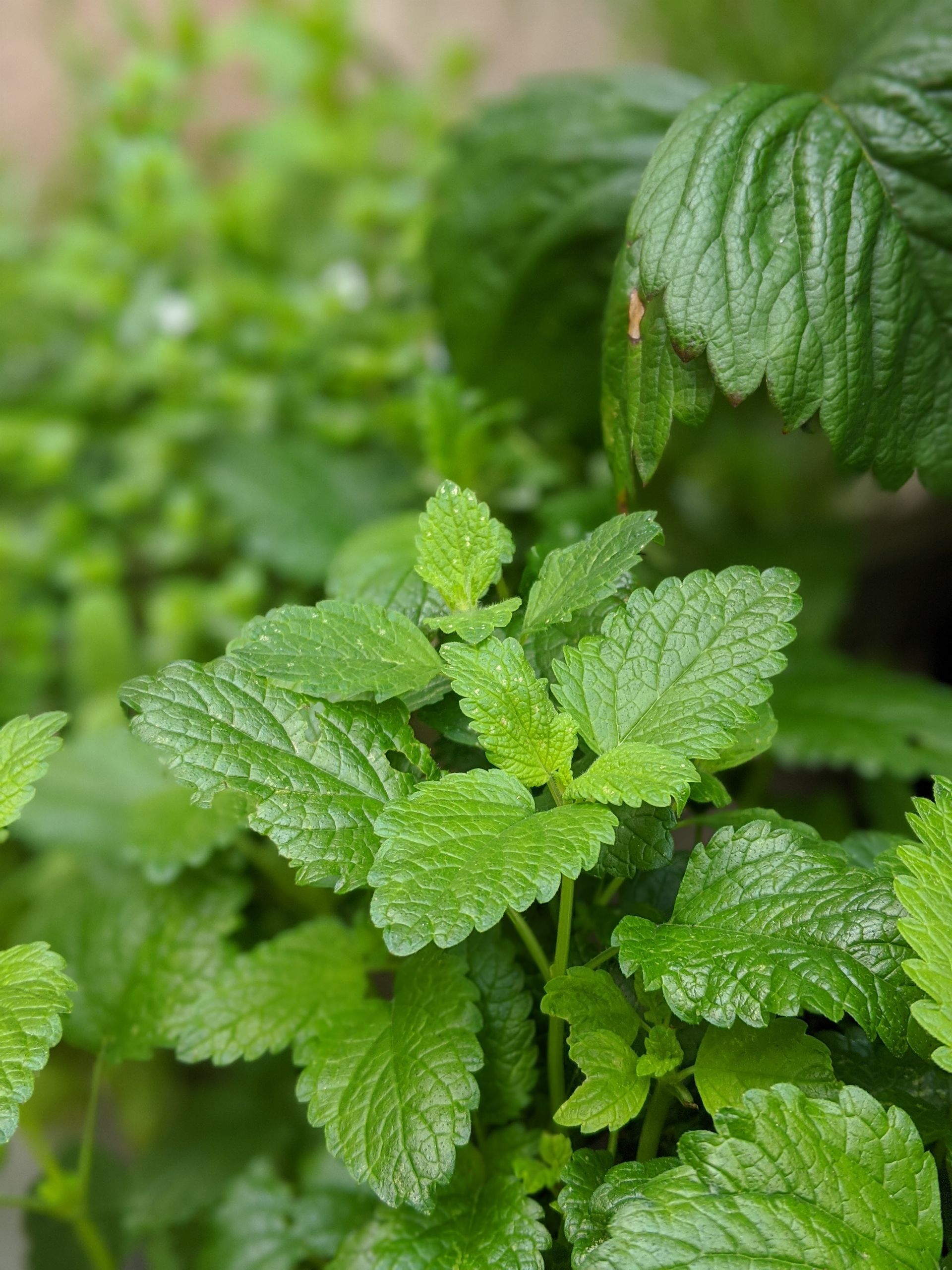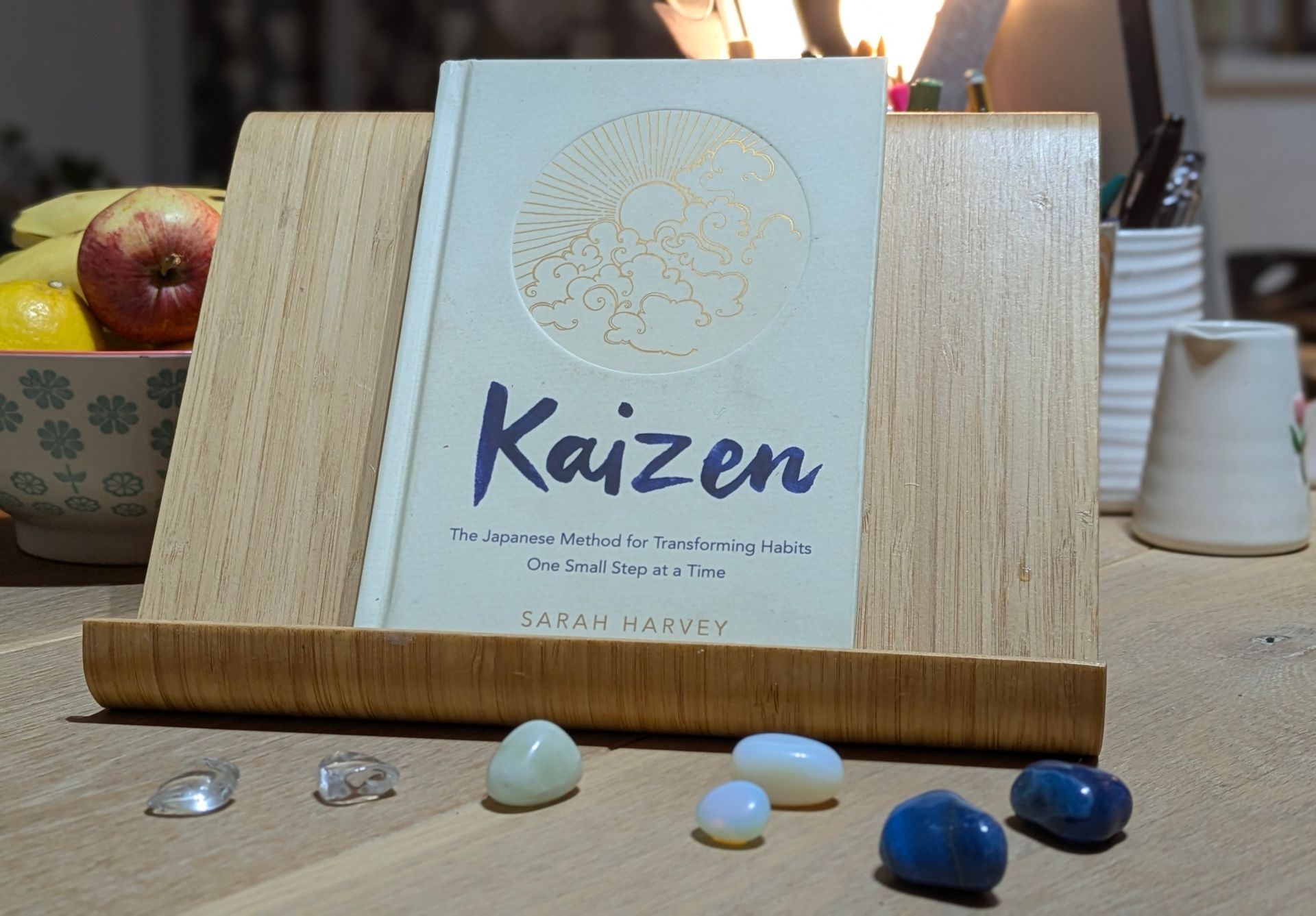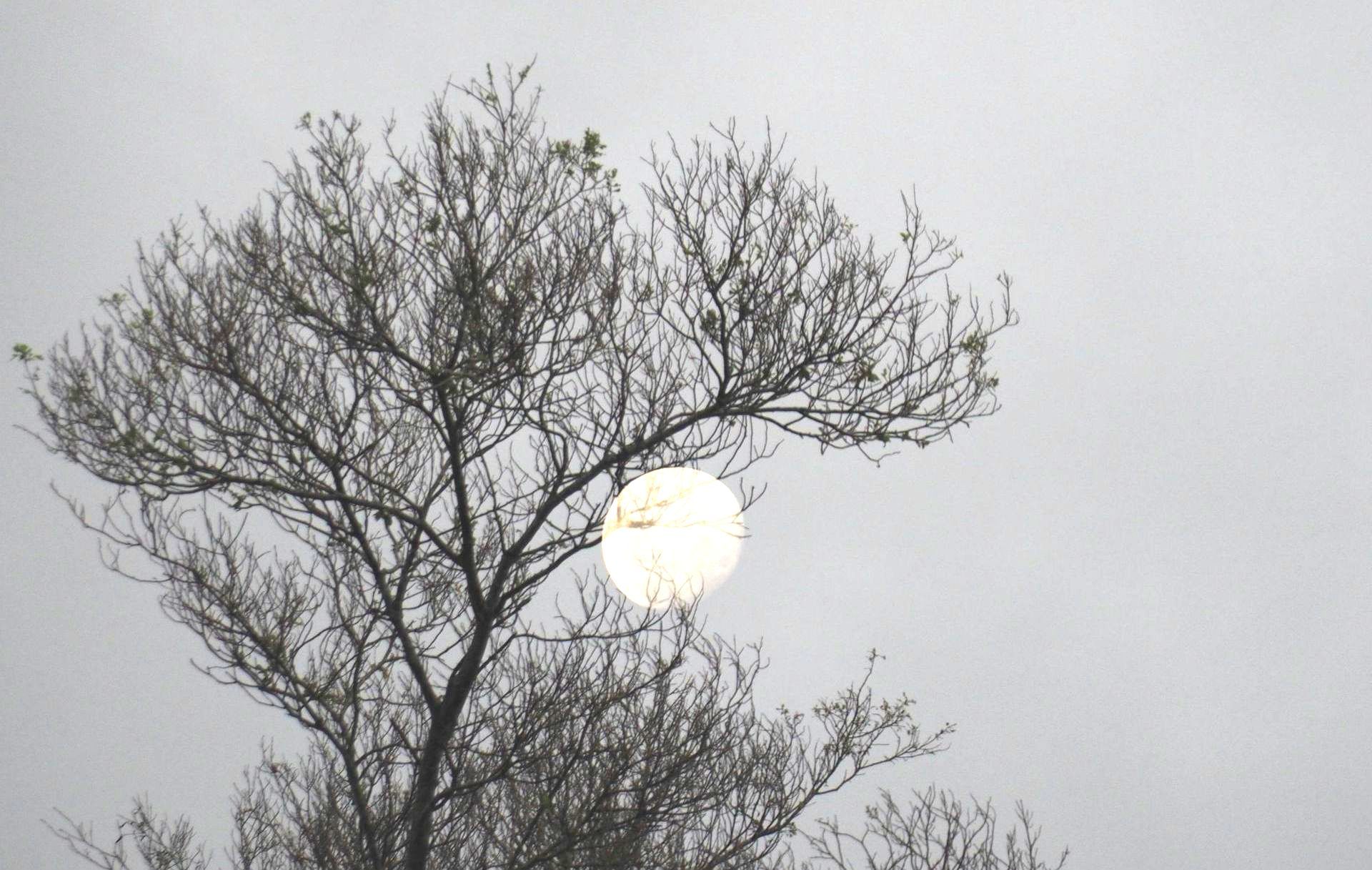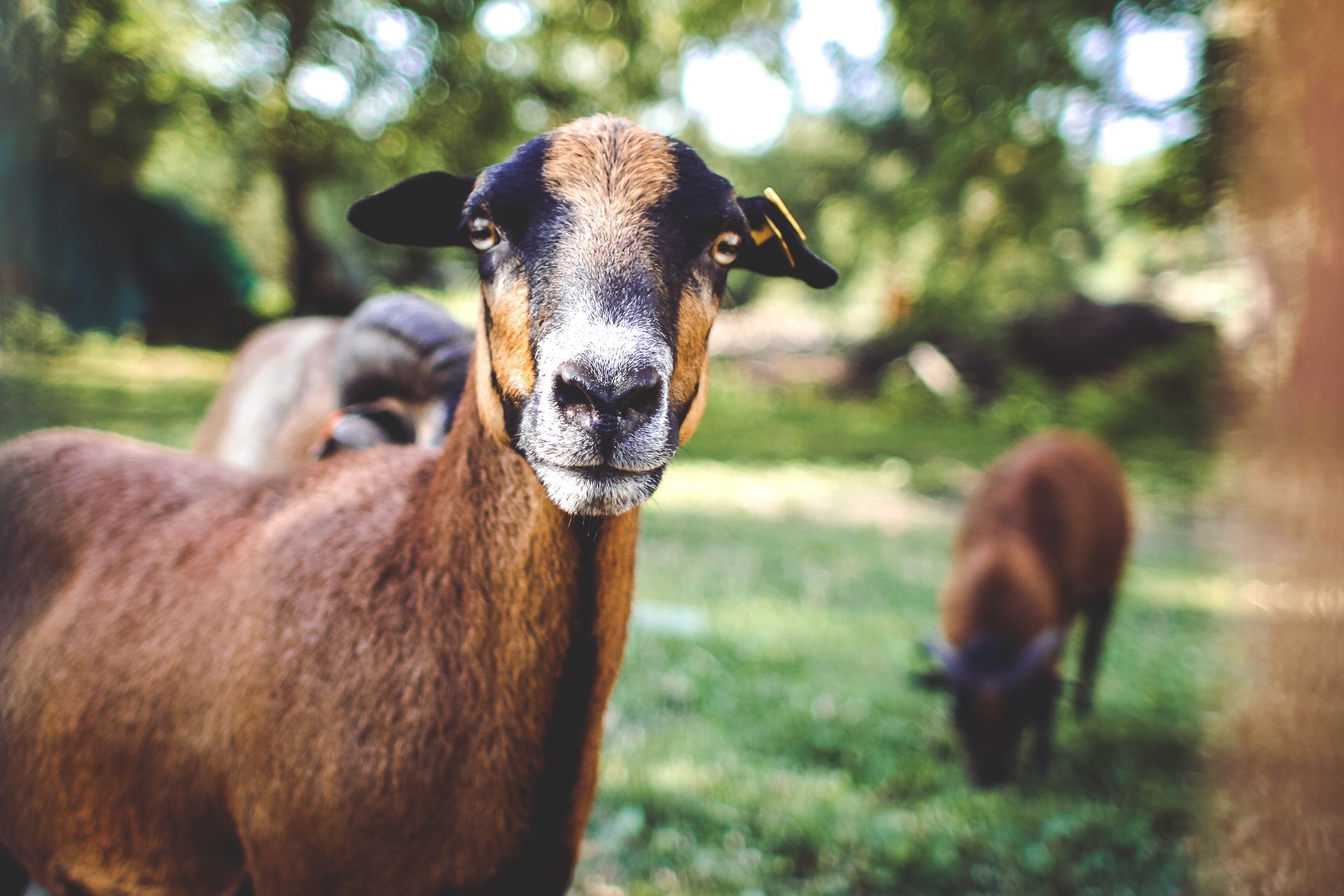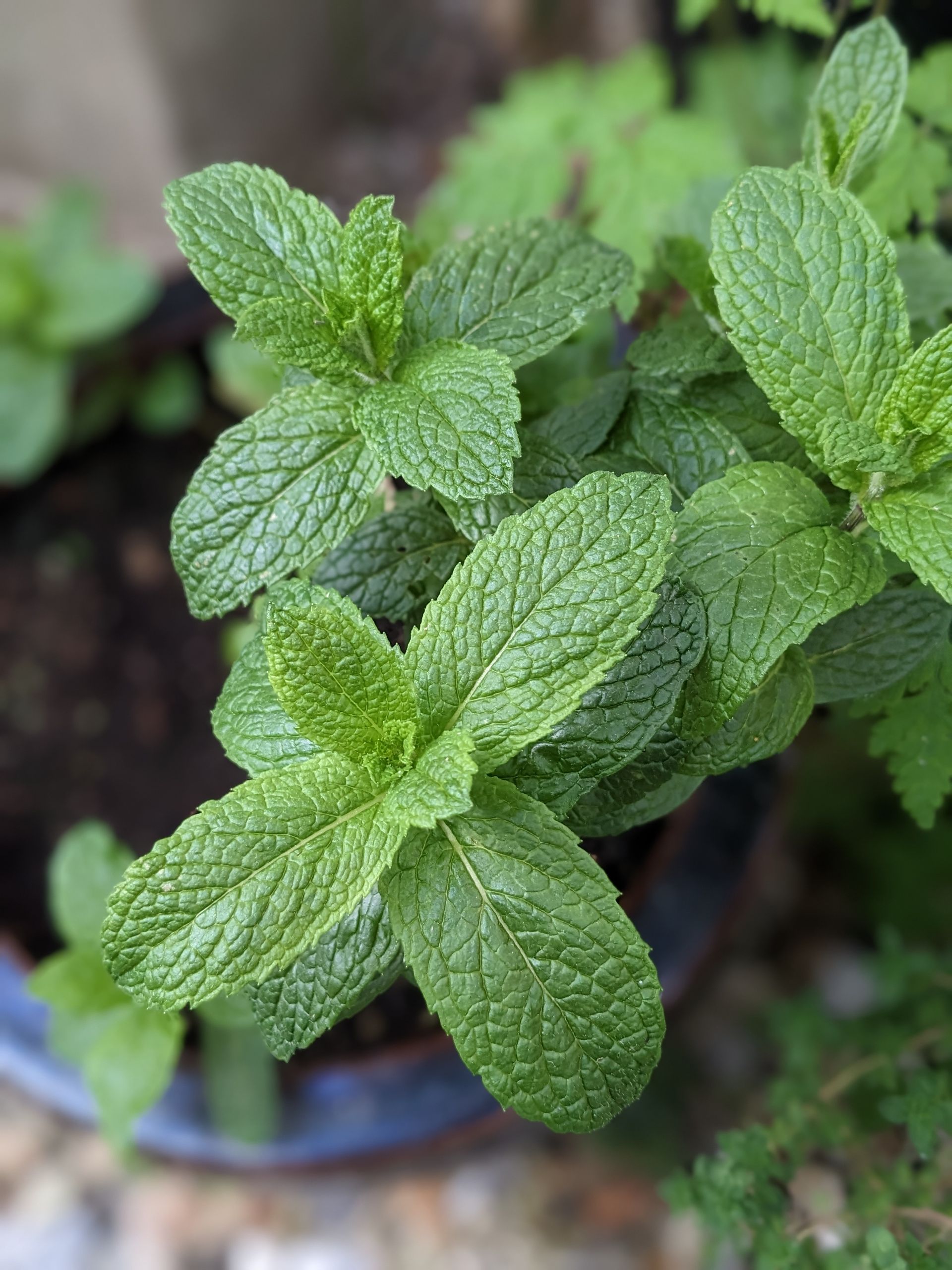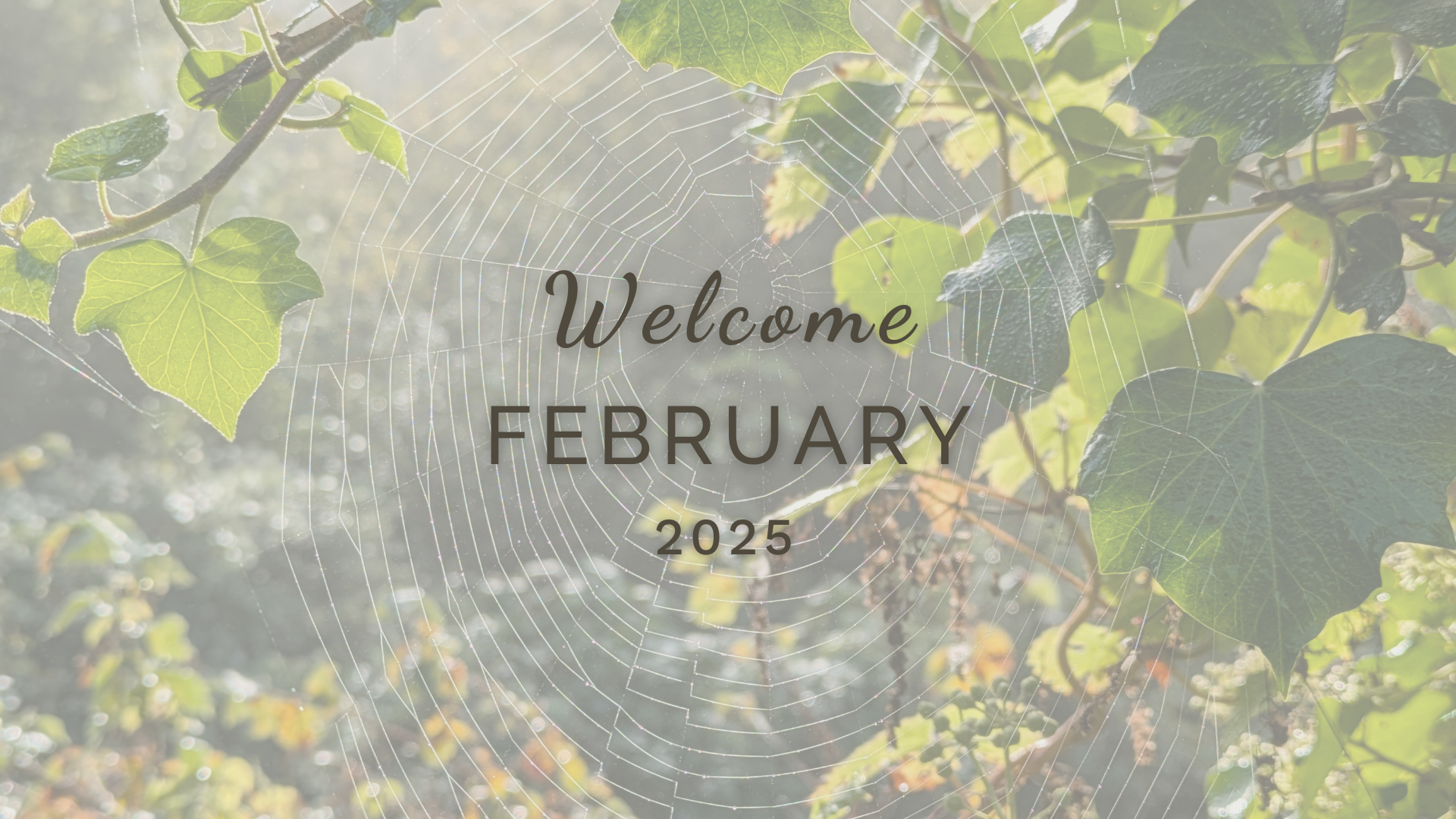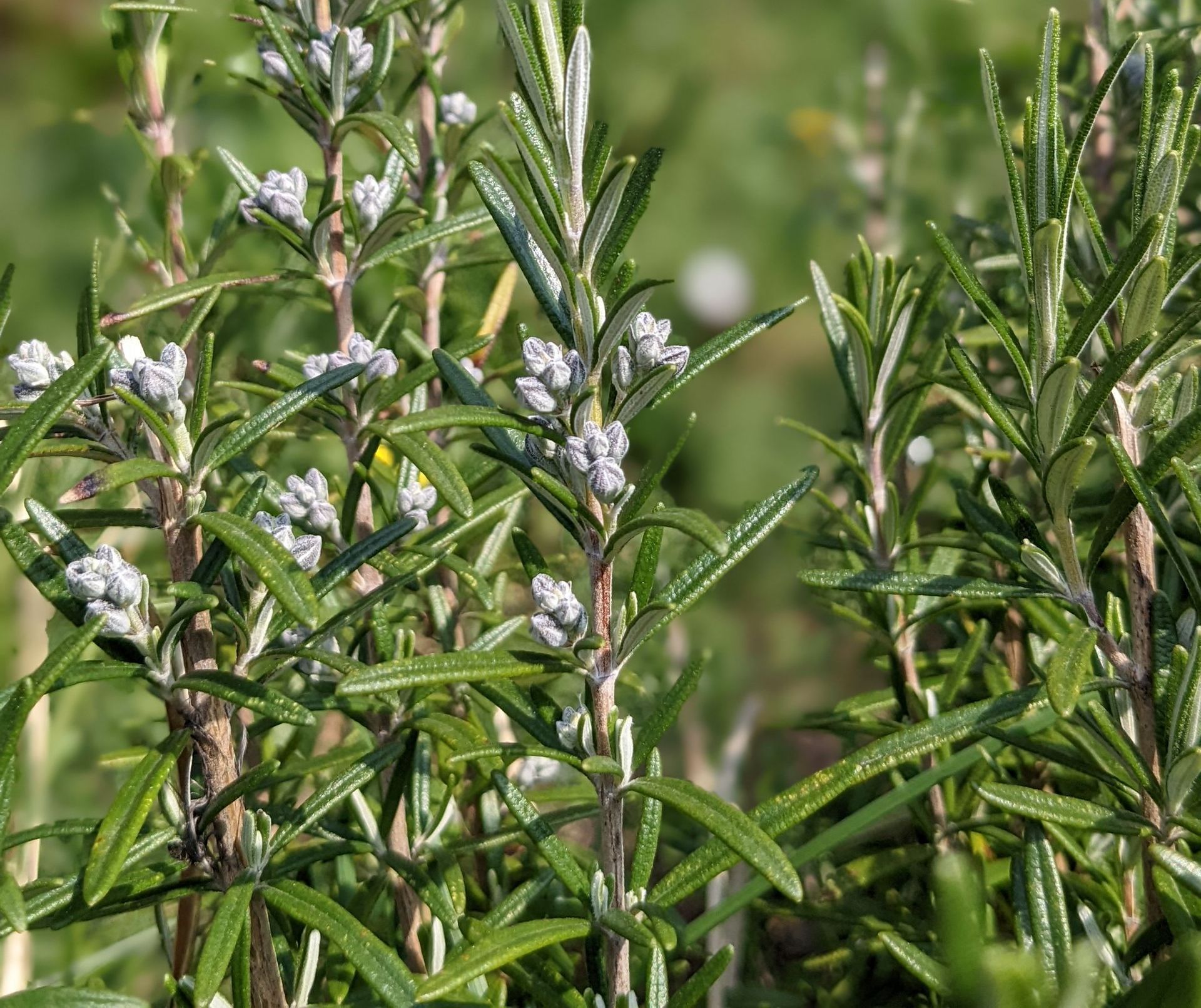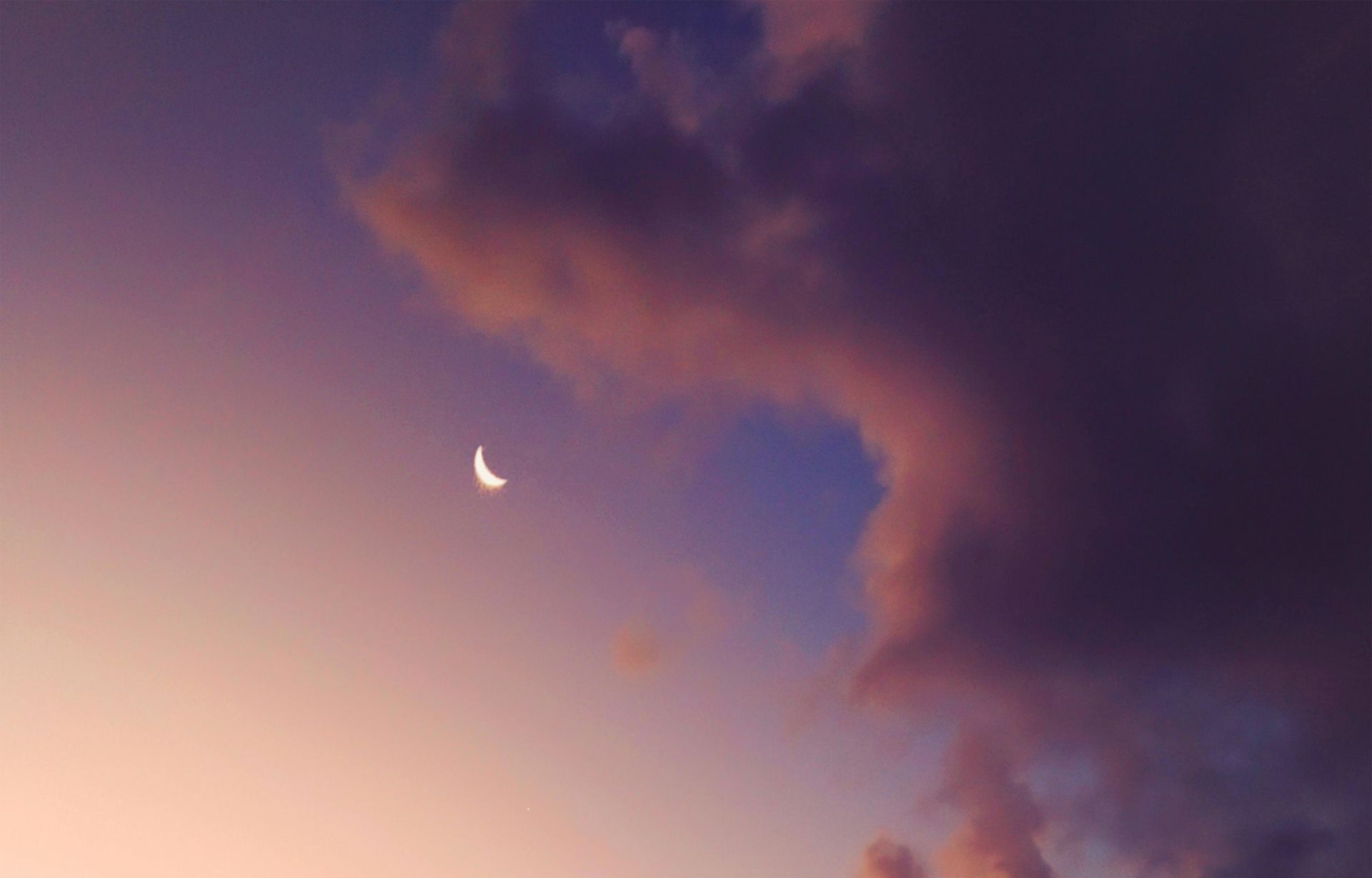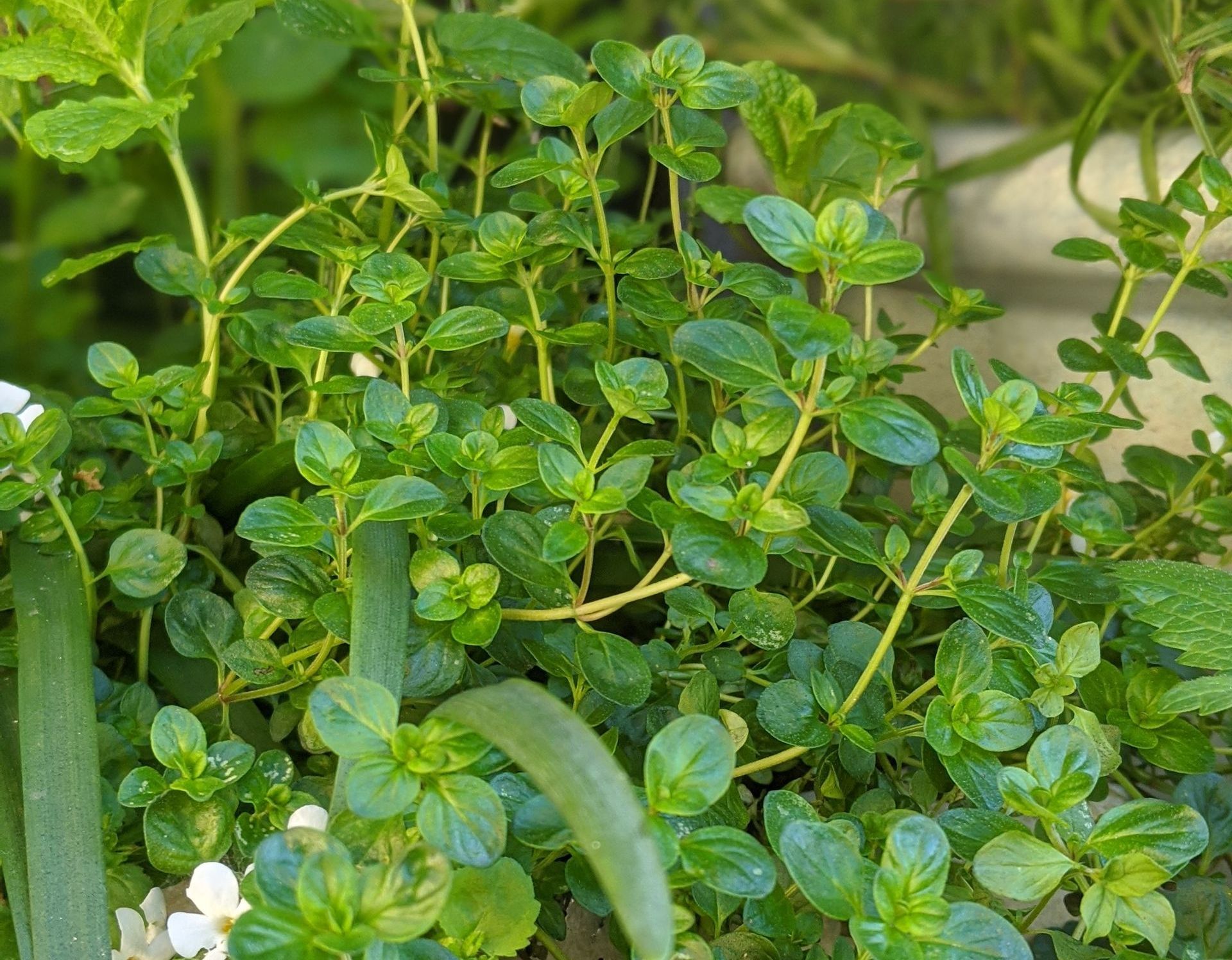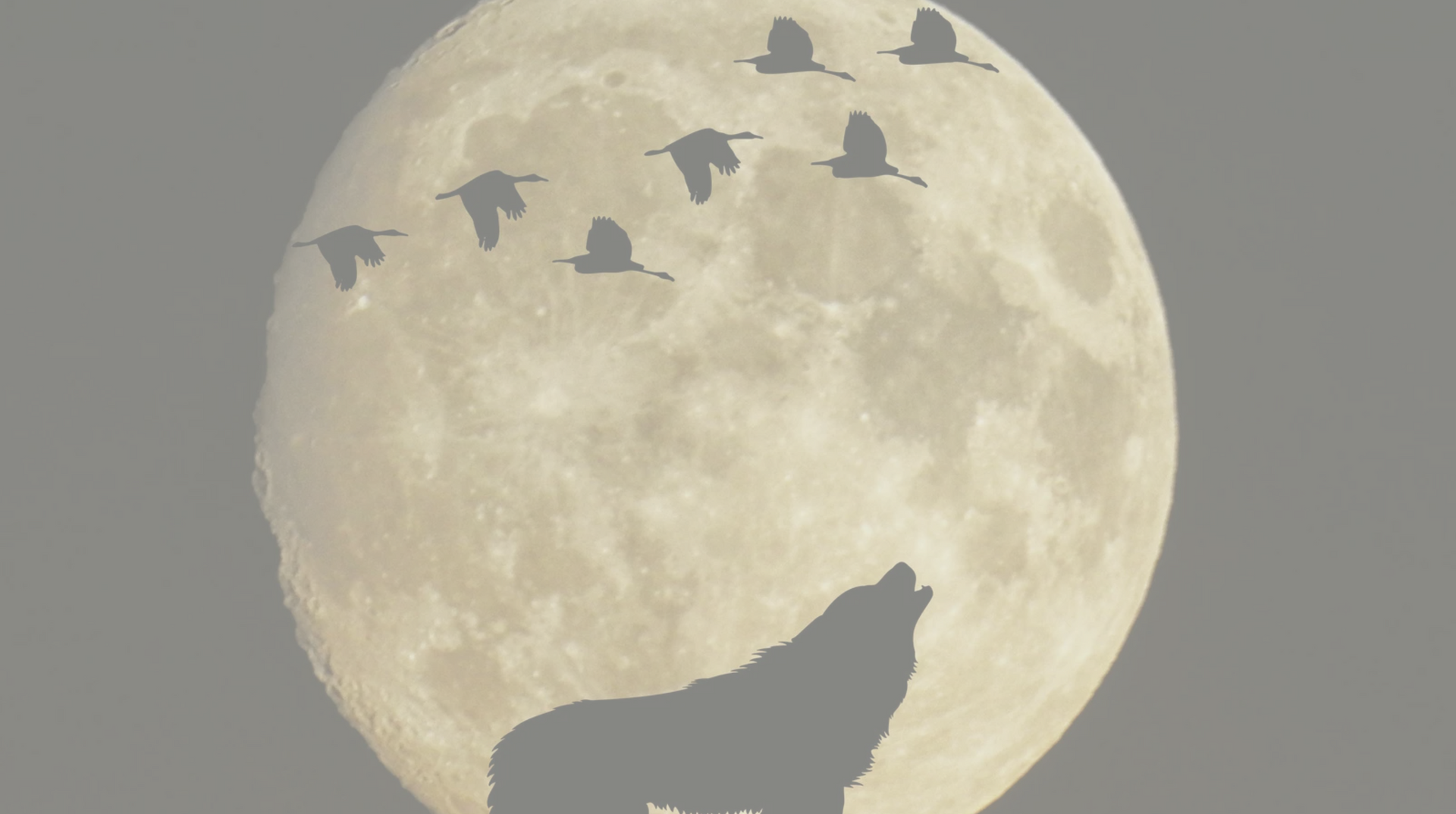Wild Hares and Hummingbirds by Stephen Moss
A testiment to the striking works of Nature through each month of the year
Wild Hares and Hummingbirds is a delightful book written by naturalist Stephen Moss providing a record of Nature through each month of the year. Set in and around a village on the Somerset Levels with illustrations by Harry Brockway, this book is a testament to the 'striking works of Nature' found throughout the year on the author's home patch.
The book's title, Wild Hares and Hummingbirds, relates to brief encounters with the mystical wild Hare and the aerobatic Hummingbird Hawkmoth which Stephen describes as an 'extraordinary creature with mid-air manoevers that match, and perhaps even surpass, those of its avian namesake.'
Wild Hares and Hummingbirds records the comings and goings of Nature in a quiet country parish in the West Country of the British Isles, halfway between the Mendip and Polden Hills. It's a misty, marshy land in a broad area of low-lying farmland with five rivers and views of the Cheddar Gorge to the north and Glastonbury Tor to the south. Steeped in history 'this is a place of wide, open skies, warm Summers and chilly Winters, and above all, water'.
I love following Nature through the seasons in the woodlands, moorlands, heaths, lanes and fields of my local rural town in South Devon. This book holds a particular interest for me being a record of Nature as it unfolds in the adjacent county of (formally named) Avon where Somerset resides. It contains close and detailed observations that only a seasoned naturalist could provide. As such, this book will be a helpful and insightful companion for the coming year.
If you are unfamiliar with the English countryside and the quintissential villages situated in this lovely part of the world, you will be enchanted by the vision of patchwork fields, winding country lanes, rivers, marshes and tracts of farmland stretching out as far as the eye can see. As Stephen describes so well, 'the small fields, with their watery boundaries, creates a unique environment, full of nooks and crannies where plants and animals thrive.'
There is a chapter for each month of the year starting in January. It begins in a frozen, wintery landscape bereft of wildlife as Nature sleeps, and certain birds and butterflies enjoy their Winter in the warm climes of the Mediterranean, Africa and beyond. The seasons unfold in a symphony orchestrated by the comings and goings of Nature in its natural environment.
It is a comfort to know that Nature continues its beautiful dance, its ebb and flow, in tandem with the seasons. It proves the resilience of the natural world despite the fact that 'every scrap of land has been ploughed, planted with crops or sprayed with pesticides.'
In January, for example, we learn about animals and creatures in hibernation and where certain birds and butterflies have flown to enjoy warmer weather overseas through the Winter season. We learn about blue-black Rooks already inspecting last year's nests and the complex symbiotic relationship between fungus and algae. We learn about the the telltale trails of Badgers, Foxes, Voles and Mice as they scrurry through the long grass with Toads, Slow-Worms and Grass Snakes residing in hidden corners.
It is true that 'a single place can provide a multitude of experiences: from the commonplace to the unusual, and the whole spectrum in between.' As I walk along the same paths through the year in my own rural area, I agree that being in one place is the best way to understand the passing of the seasons where we notice the 'tiny, subtle changes that occur almost imperceptibly, from week to week, and day to day, throughout the year.'
On the eve of the first day of the New Year following the Winter Solstice as the light returns to lengthen our days, Steven makes the point that 'the casual observer may be forgiven for wondering where all the natural life has gone.' All the more reason to go outside and enjoy the magnificence of the English countryside in it's sleeping state of calm. Observing Nature helps us to look outwards and ground us during the coldest months of the year.
We can all find solace in the continuity of the wildlife calendar as we watch out for birds that stay with us throughout Winter such as Robins, Blackbirds, Rooks, Wrens, Great Tits, Coal Tits, Blue Tits, House Sparrows, Great Spotted Woodpeckers, Tawny Owls and Magpies. Wrapping up well and going for a walk in the wind and rain serves to revitalise us after the Yuletide festivities and invigorate us at the start of a brand New Year.
Enjoy this tranquil time of year as we look forward to the Spring Equinox when Swallows and Swifts return from Africa, Red Admiral Butterflies return from the Mediterranean and the first singers of the dawn chorus pipe up an hour before sunrise in March through to May in the Spring.
Sue Cartwright
Spiral Leaf
Buy the book!
Purchase a copy of this wonderful book by clicking through to the Spiral Leaf affiliate bookshop below.
Wild Hares and Hummingbirds by Stephen Moss
Thank you for helping me to keep creating free content - just for you!
Your support helps me to create beautiful content for you to enjoy and share freely with others who love Nature too
Latest Posts
All Posts
Privacy & Cookies Policy | Use of Website Terms | Online Sales Terms | Site Map
Website created and built by Sue Cartwright | No AI is or has been used to build this site or create the content herein
All Rights Reserved | Sue Cartwright | Spiral Leaf

